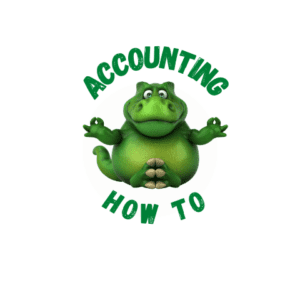Manufacturing margin, also known as gross margin or gross profit margin, is a financial metric that measures the profitability of a company's manufacturing operations. It represents the difference...
Archives: Blog
The variable cost of goods sold (COGS) refers to the portion of the cost of producing goods that varies with the level of production or sales. It includes the direct costs directly attributable to...
How Absorption and Variable Costing are Used for Decision-Making
Absorption costing and variable costing are two different approaches to allocating manufacturing costs to products. They have distinct implications for decision-making, particularly in relation to...
What is the Difference Between Controllable and Uncontrollable Costs?
Controllable costs and uncontrollable costs are two categories of costs used in cost management and decision-making. Here's the difference between the two: Controllable Costs: Controllable costs...
The high-low method is a technique used to analyze and estimate the fixed and variable components of a mixed cost. Mixed costs contain both a fixed portion, which remains constant regardless of the...
What is the Market Value at Split-off Method of Allocating Joint Costs?
The market value at split-off method, also known as the sales value at split-off method, is a cost allocation method used to allocate joint costs among the joint products based on their relative...
